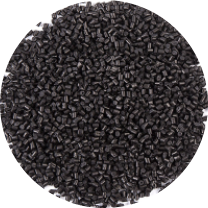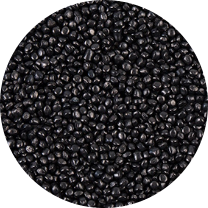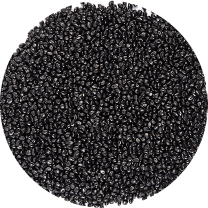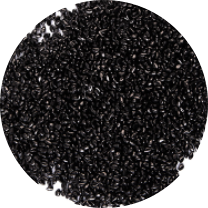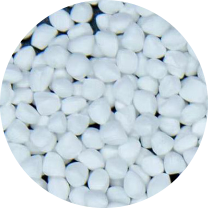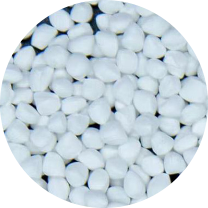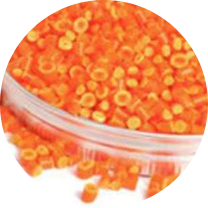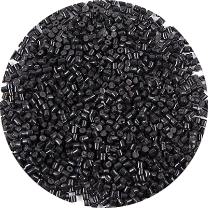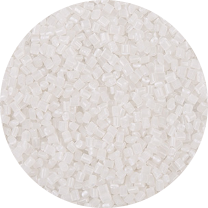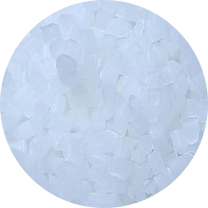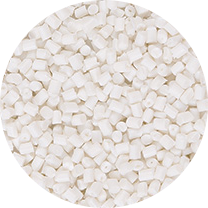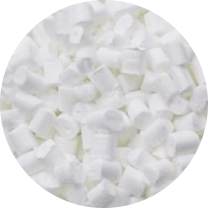Nonwoven Electret Masterbatch Manufacturers
Product Category
Get in Touch With Us
Who Are We?
Changzhou Runyi New Material Technology Co., Ltd.
News
-
Engineered Longevity: Carbon Black Masterbatch UV Stabi...
In applications demanding extended outdoor performance—such as pipes, geosynthetics, and agricultural films—the stability of the polymer matrix against photo-ox...
READ MORE -
Precision Pigmentation: Mastering the FPV and Dispersio...
For processors involved in manufacturing thin-gauge films, fine fibers, or sophisticated injection molded components, the performance of the Carbon Black Master...
READ MORE -
MFR Matching Principle: Optimizing White Masterbatch an...
In the realm of polymer processing, achieving consistent color dispersion and flawless product quality is a fundamental objective. The use of White Masterbatch ...
READ MORE -
Achieving Flawless Quality: An Engineer's Guide to TiO2...
Introduction: The Business Case for Perfect Dispersion For B2B manufacturers in the plastics industry, the quality of the finished product is the ultimate measu...
READ MORE
Nonwoven Electret Masterbatch Industry Knowledge Extension
The key role of electret masterbatch in the filter layer of medical masks and selection guide
1. The core role of electret masterbatch
Electrostatic adsorption enhances filtration efficiency
Electret masterbatch makes melt-blown non-woven fabric carry persistent electrostatic charge through corona charging or friction charging, which can adsorb particles of 0.1~5μm (such as viruses, PM2.5), and increase the mechanical filtration efficiency (only 30%~50%) to more than 95% (such as N95 standard).
Key indicators: charge density, half-life (charge stability).
Reducing breathing resistance
Replacing some physical barriers through electrostatic adsorption, reducing the number of fiber layers, maintaining high filtration efficiency while optimizing air permeability (such as BFE ≥ 95%, pressure difference ≤ 50Pa).
Long-term guarantee
High-quality electret masterbatch needs to resist environmental factors such as humidity and high temperature to avoid charge decay (such as storage period ≥ 2 years).
2. Key points for selecting electret masterbatch for medical masks
Material type
PP-based electret masterbatch: most commonly used, suitable for melt-blown process, requires the addition of charge enhancers such as silica and tourmaline.
PLA-based electret masterbatch: a degradable and environmentally friendly option, but the charge stability challenge is greater.
Charge performance parameters
Initial filtration efficiency: ≥95% (corresponding to N95/KN95 standards).
Charge half-life: recommended >12 months (accelerated aging test: 48 hours efficiency drop <5% at 85℃/85%RH).
Additive compatibility
Avoid reaction with anti-aging agents and masterbatches, and test the charge stability after blending.
Process adaptability
No decomposition at melt-blown temperature (usually 200~250℃), fluidity (MFI≥500g/10min) matches production line requirements.
3. Solutions to common problems
Question 1: Does the filtration efficiency decrease with storage time?
Masterbatches containing hydrophobic modifiers (such as silane coupling agent coated SiO2) are preferred.
Question 2: Is the charge of the meltblown cloth uneven?
Check the dispersibility of the masterbatch. It is recommended to add 5%~10% diffusion oil during premixing.


 English
English 中文简体
中文简体 한국어
한국어 عربى
عربى